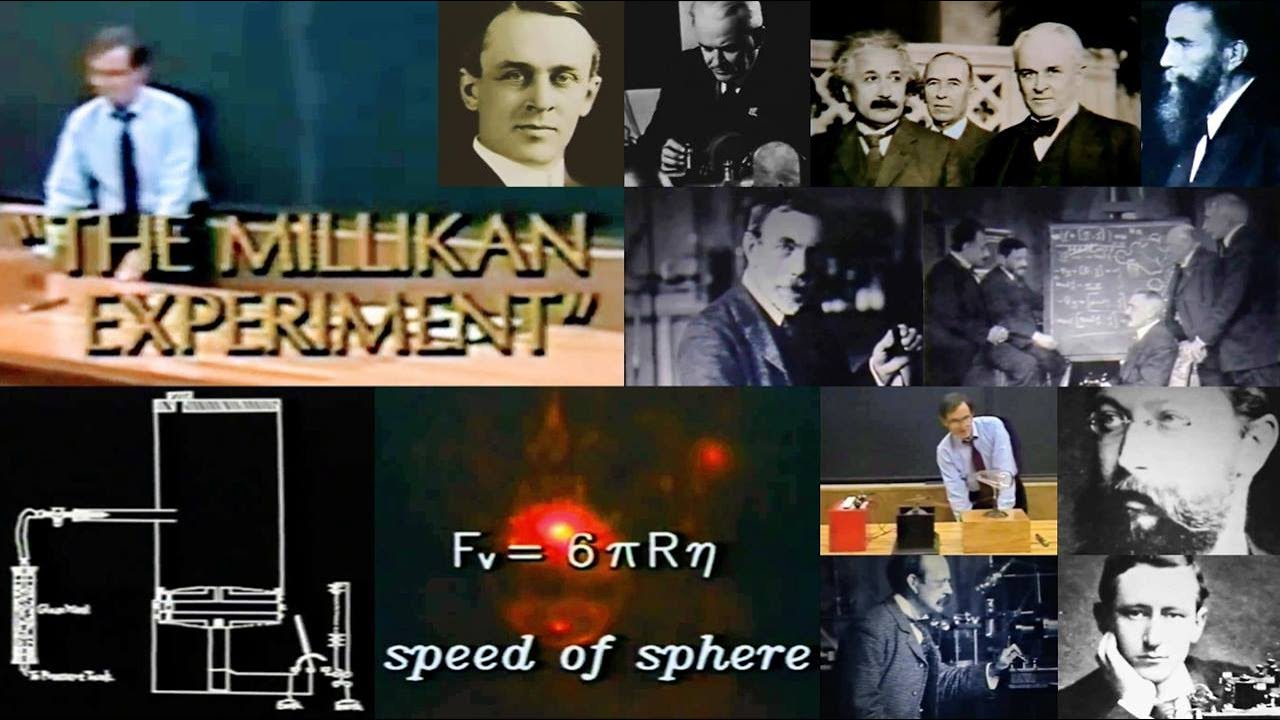Can you transplant a head to another body? - Max G. Levy
Summary
TLDRThe video explores Robert White's groundbreaking yet controversial 1970 experiment, where he attempted a body transplant between two monkeys. Driven by the hope of aiding patients with severe spinal injuries, White faced significant medical and ethical challenges, including the paralysis resulting from severed spinal cords. Despite successfully cooling the brain during surgery, the experiment raised profound questions about identity and consciousness. While White’s work advanced neurosurgery, it also ignited debates on the morality of such experiments. The narrative underscores the complexities of separating mind and body, leaving viewers to ponder the implications of extending life at any cost.
Takeaways
- 🧬 Takeaway 1: On March 14th, 1970, Robert White attempted a groundbreaking experiment to connect the head of Monkey A to the body of Monkey B.
- 🧠 Takeaway 2: White aimed to explore the potential of whole-body transplants for humans, raising significant ethical and philosophical questions.
- ⚠️ Takeaway 3: The surgery faced critical medical challenges, including guaranteed paralysis due to the inability to reconnect severed spinal cords.
- 💔 Takeaway 4: White believed that body transplants could save lives for patients with spinal cord injuries and progressive diseases like ALS.
- 🌡️ Takeaway 5: Brain cells require a constant oxygen supply, and the surgery would likely interrupt this, risking brain damage.
- ❄️ Takeaway 6: White developed a brain-cooling technique that slowed metabolism, allowing longer surgical times without damaging the brain.
- 🐶 Takeaway 7: Prior to the monkey experiment, White successfully cooled a human brain during surgery, showcasing the technique's potential.
- 📉 Takeaway 8: The experiment raised ethical concerns about animal suffering and the justification for such invasive research.
- 😟 Takeaway 9: Following the surgery, Monkey A awoke alive but paralyzed, demonstrating the operation's risks and distressing outcomes.
- 🤔 Takeaway 10: White's experiment reignited debates about identity, the mind-body connection, and the moral implications of extending life through such surgeries.
Q & A
What was the primary objective of Robert White's experiment in 1970?
-The primary objective was to connect the head of one monkey (Monkey A) to the body of another monkey (Monkey B) in an attempt to perform a whole-body transplant.
What medical conditions did White hope to address with his body transplant procedure?
-White aimed to address spinal cord injuries and progressive mobility diseases such as ALS, which often lead to paralysis and multi-organ failure.
What were some of the major technical challenges White faced during the surgery?
-The surgery guaranteed paralysis due to the inability to reconnect severed spinal cords and posed risks of interrupting oxygenated blood flow to the brain during the transplant.
How did Robert White's brain-cooling technique work?
-White's brain-cooling technique involved selectively chilling and halting blood flow to the brain, reducing its metabolic demands and allowing surgeries to be performed without damaging brain tissue.
What ethical concerns were raised regarding White's body transplant research?
-Ethical concerns included the justification for experimental surgeries that could cause pain and neurological damage, as well as the moral implications of animal testing.
What were the results of the monkey transplant experiment?
-After the procedure, Monkey A awoke alive but paralyzed and distressed, demonstrating that while the brain could survive the transplant, it raised questions about identity and consciousness.
What philosophical questions did White's experiment prompt?
-The experiment raised questions about the mind-body divide, particularly regarding what constitutes personal identity and how consciousness relates to both the brain and body.
Did Robert White ever perform a human head transplant?
-No, despite his numerous brain surgeries and pioneering techniques, Robert White never succeeded in performing a human head transplant.
How did White's work influence discussions in the field of bioethics?
-White's experiments sparked ongoing debates about the limits of medical science, the ethics of life-extension interventions, and the implications of separating the brain from the body.
What is the significance of White's work in modern neuroscience?
-White's work revolutionized neurosurgery with techniques like brain cooling, while also highlighting the complex interplay between medical innovation and ethical considerations that continue to resonate in modern neuroscience.
Outlines

This section is available to paid users only. Please upgrade to access this part.
Upgrade NowMindmap

This section is available to paid users only. Please upgrade to access this part.
Upgrade NowKeywords

This section is available to paid users only. Please upgrade to access this part.
Upgrade NowHighlights

This section is available to paid users only. Please upgrade to access this part.
Upgrade NowTranscripts

This section is available to paid users only. Please upgrade to access this part.
Upgrade NowBrowse More Related Video

Between the Lines - George Knight on Reading Ellen White

EXCLUSIVE: Stephanie White FIRED - Caitlin Clark's Reaction!

The Dark Side of Science: The Surrogate Mother Experiment (Short Documentary)

Struktur Atom Bagian 1: Penemuan Elektron dan Inti Atom

El Experimento de Millikan (Universo Mecánico 12)

10 Psychological Experiments You Would Never Believe Happened
5.0 / 5 (0 votes)